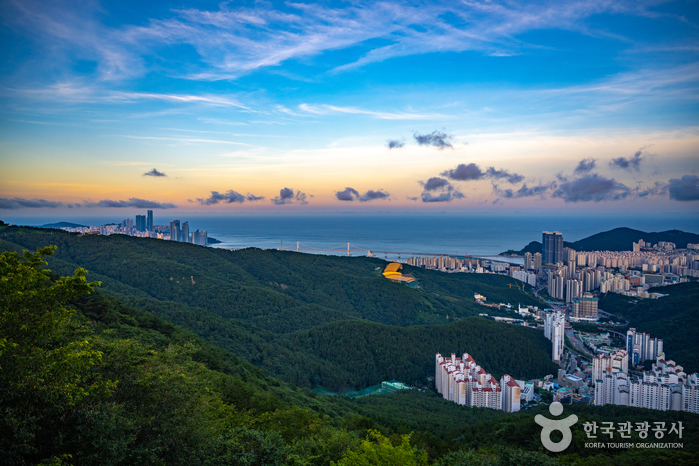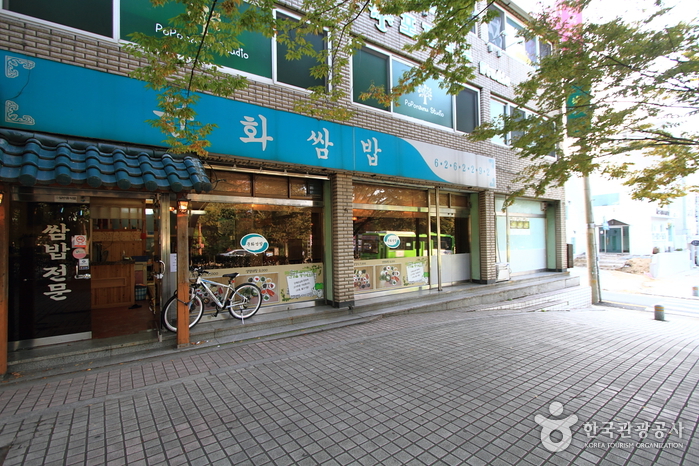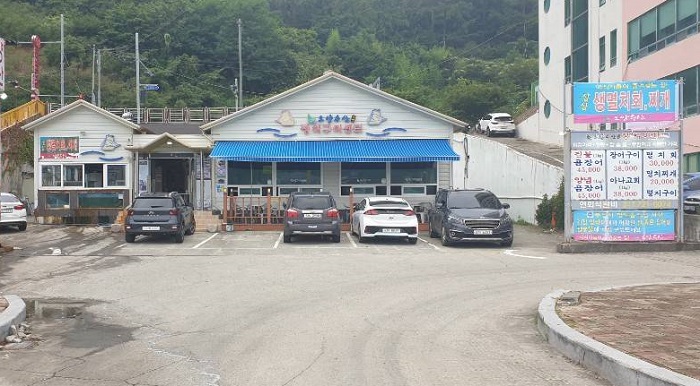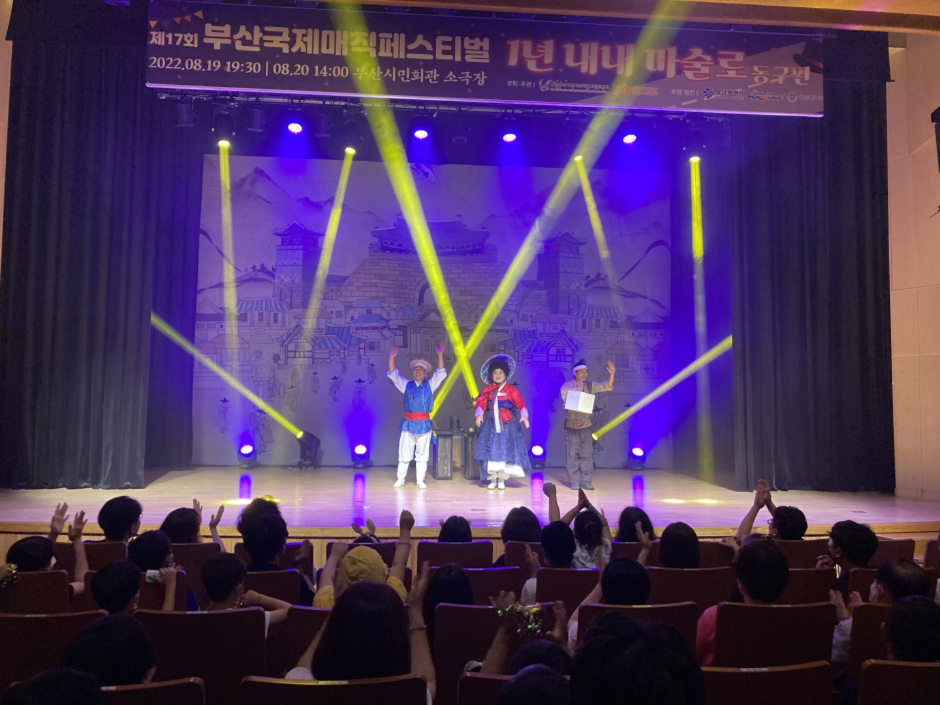Busan Museum (부산박물관)
7.9Km 2023-01-09
63, UN pyeonghwa-ro, Nam-gu, Busan
+82-51-610-7118
Busan Museum was founded on July 11, 1978 to collect, preserve, display, and research the cultural hertiage of Busan. The museum houses 45,000 artifacts, displaying just 1,300 through regular exhibition rooms. The museum underwent a remodeling project in 2002 along with the opening of Exhibition Hall 2 to expand to ten permanent exhibition rooms, as well as a planned exhibition space, heritage research room, experience hall, lecture hall, and more. The museum aims to provide more extensive research into uncovering historical artifacts, and provide educational programs to visitors.
Hwangnyeongsan Mountain ()
7.9Km 2024-10-25
391-39 Hwangnyeongsan-ro, Nam-gu, Busan
+82-70-7543-5249
Hwangnyeongsan Mountain offers a lush green forest easily accessible from downtown Busan. The mountain is popular for hiking, as well as taking in the nightscape. The mountain stretches across Busanjin-gu, Nam-gu, and Suyeong-gu districts, and with an altitude of 427 meters, it is the second tallest mountain in the Geumnyeon Mountain Range. Despite this distinction, the summit can be reached after a two to three-hour hike. At the foot of the mountain, one can find a citizen's recreation area and a youth training center. Choosing which mountain trail to take depends on the transportation options available.
Hwangnyeongsan Observatory (황련산 전망대)
7.9Km 2024-10-29
391-39 Hwangnyeongsan-ro, Nam-gu, Busan
Hwangnyeongsan Mountain, where the observatory is located, is in the center of Busan as it spans across four districts (Busanjin-gu, Yeonje-gu, Suyeong-gu, and Nam-gu) and is a popular driving course in spring when the cherry blossoms bloom along the road. The Hwangneyongsan Observatory also makes it a perfect place for a night tour. A city that lies below the mountains looks even more beautiful with the cozy lights that illuminate the observatory and the sparkling radio tower.
Yeon-San Dangdang Korean Medicine Hospital (연산당당한방병원)
7.9Km 2025-07-07
82 World cup-daero, Yeonje-gu, Busan
Yeonsan Dangdang Korean Medicine Hospital is a 98-bed hospital located in central Busan, near Yeonsan Station. The hospital offers traditional Korean medicine treatments, internal medicine, orthopedic care, and health screenings. It also has staff who speak English, Chinese, Japanese, and Vietnamese, ensuring that international patients can receive care in a comfortable and welcoming environment.
Munhwa Ssambap (문화쌈밥)
8.0Km 2016-10-26
72, UN pyeonghwa-ro, Nam-gu, Busan
+82-51-626-2292
Munhwa Ssambap serves up delicious ssambap (leaf wraps and rice) at reasonable prices.
E-Mart - Yeonje Branch [Tax Refund Shop] (이마트 연제)
8.0Km 2024-04-22
89, Yeonsu-ro, Yeonje-gu, Busan
-
Oyang Susan (오양수산)
8.0Km 2021-03-22
548-3, Gijanghaean-ro, Gijang-eup, Gijang-gun, Busan
+82-51-721-0074
This is a famous store in Busan where you can eat fresh seafood dishes. This seafood restaurant is located in Gijang-gun, Busan. The most famous menu is grilled sea eel.
Busan International Magic Festival (부산국제매직페스티벌)
8.1Km 2023-09-18
74, Motgolbeonyeong-ro 71beon-gil, Nam-gu, Busan
+82-51-626-7002
Busan International Magic Festival is the largest magic festival in the world. Several events are prepared to mesmerize the audience.
Olive Young - Busan Seodong Branch [Tax Refund Shop] (올리브영 부산서동점)
8.1Km 2024-06-26
156, Seodong-ro, Geumjeong-gu, Busan
-
Busan Cultural Center (부산문화회관)
8.1Km 2021-08-06
1, UN pyeonghwa-ro 76beon-gil, Nam-gu, Busan
+82-51-607-6000
Busan Cultural Center began construction in October 1983 and finished constructing three halls in 1993. In April 2010, the cultural center underwent renovations and reopend in October. The architecture format used traditional Korean houses with a large, medium, and small halls. Large gates and walls were removed to allow easy access. The roof used concrete slabs to recreate traditional patterns and the exterior walls are made of granite stone.



![E-Mart - Yeonje Branch [Tax Refund Shop] (이마트 연제)](http://tong.visitkorea.or.kr/cms/resource/70/2885470_image2_1.jpg)


 English
English
 한국어
한국어 日本語
日本語 中文(简体)
中文(简体) Deutsch
Deutsch Français
Français Español
Español Русский
Русский